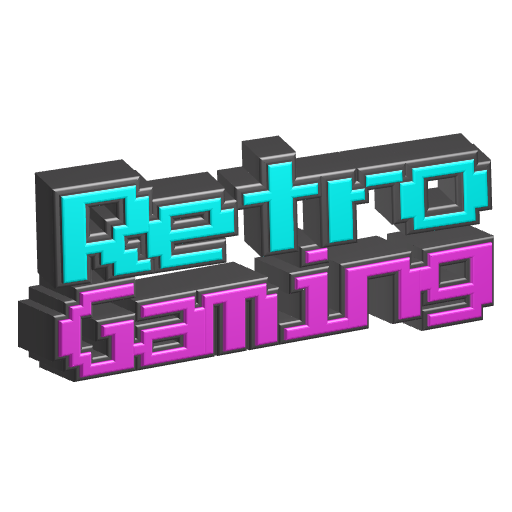The Nintendo 64 has always been a difficult machine to emulate correctly. But in 2025 - we should be well and truly past all of it right? Not exactly. Issues with Plugins, performance, graphical glitches, stutters. Unless you have a very powerful machine, these are common things many of us will run into when emulating the Nintendo 64. But why? And Is there any hope for fast, accurate N64 emulation in 2025 and beyond?


Emulators exist for the Switch. So it’s not just the fact that the emulator needs to translate, there is something specific about the N64’s ‘language’ that makes translating more difficult and time consuming.
There isn’t actually a ton of translating going on with the Switch, as it’s basically just a computer (an ARM computer, but still). The N64 had a very different architecture that doesn’t work like modern computers do. On top of that, games on it relied on low level graphics code that makes it very difficult to cheat like other emulators do.
EDIT: Sorry, I mixed up my comment chains.
Is Switch emulation HLE? Because if so, the Switch isn’t relevant to what the other commenter is explaining.
HLE just means the emulator needs to have the same output as the Switch.
LLE means the Emulator is kind of running an entire Switch.
There’s a difference.
EDIT: I think it’s more that the Switch’s “language” is much closer to a computer’s “language” today. Older consoles were complex beasts built completely differently from contemporary computers, let alone modern ones.
The “language” that the n64 used was basically in a totally different language family than what PCs and later Nintendo consoles use.
Think of it as if the N64 spoke Japanese, while PCs speak Spanish. There’s a lot of things that don’t translate cleanly from one language to the other, you can’t just feed it into google translate and expect what comes out the other end to make sense, you’re going to need someone who understands both languages to go over it, rewrite some of it to make sure all of the nuance is coming through, add some asterisks and translation notes to explain some concepts that don’t really have a direct equivalent in the other language, etc.
Later Nintendo consoles spoke something more like Portuguese or maybe even Mexican Spanish instead of PC’s Castilian Spanish. They’re much more similar languages that translate more directly and some things may not even really need translation as long as both parties slow down, speak clearly, and maybe throw in some hand gestures here and there, and google translate will get you like 99% of the way there, without the translator needing to add as many explanatory notes.
All those translation notes are what the emulator is doing, and the N64 to PC emulator has to do a lot more interpreting than the Switch to PC emulator.
The easiest way I could describe it, is that the languages are much, much more similar. Translating for the switch is like going from Spanish to Latin, while the N64 is more like going from Chinese to Latin - much less 1-to-1 and objective.
Switch is just a pretty standard ARM+Nvidia platform.